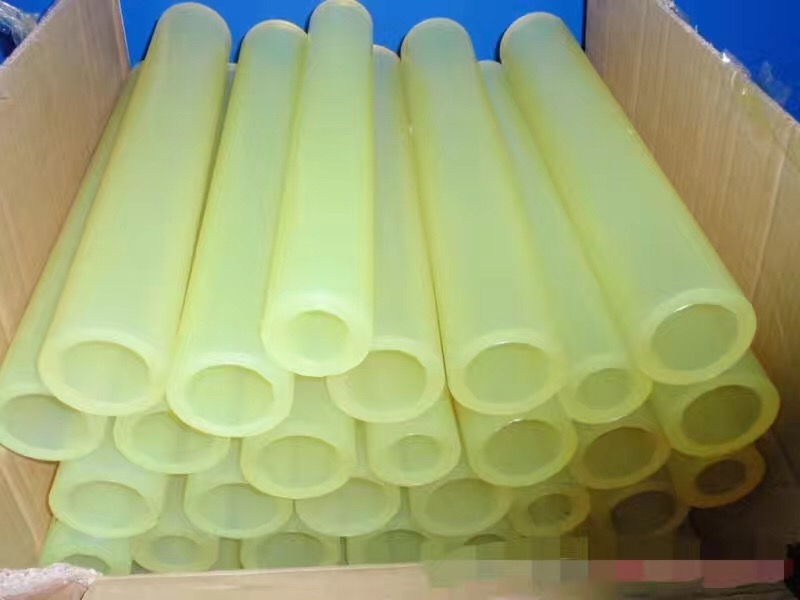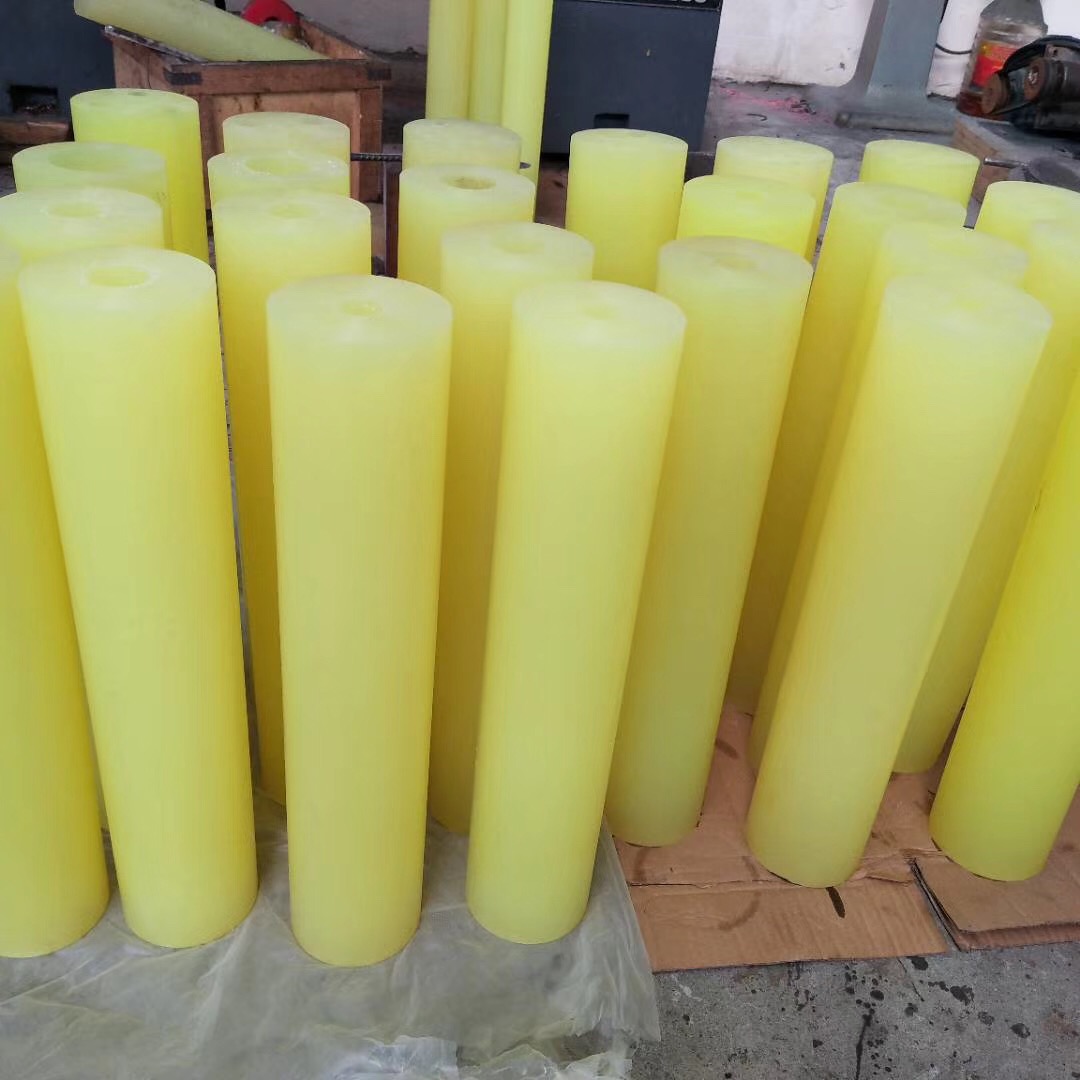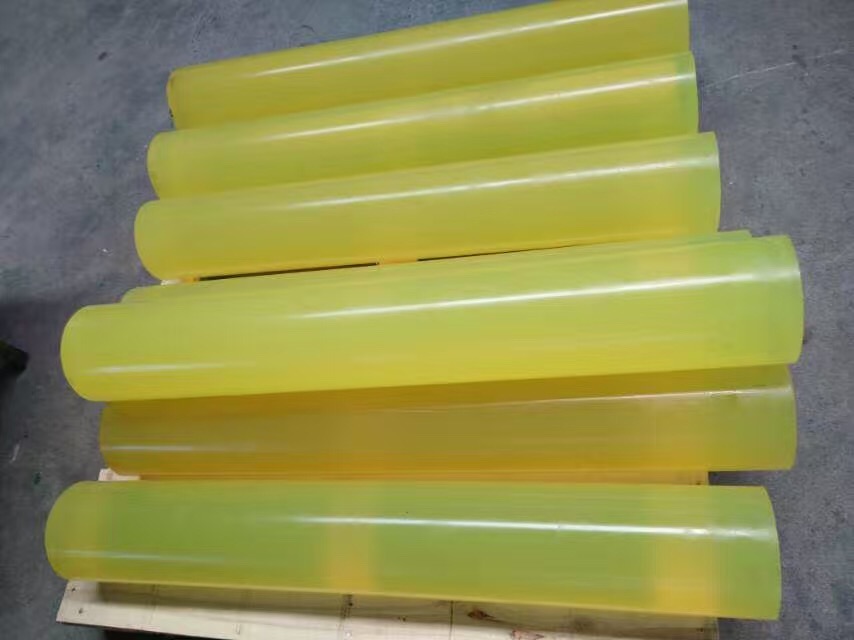Polyurethanes Raw Material
Polyurethanes (PURs) have developed since their discovery by Otto Bayer and co-workers some 75 years ago into a most versatile group of polymers. Being formed from two liquid raw materials, depending on the processing conditions, they have found multiple industrial applications. Many of these have strong aspects of sustainability, because of their excellent properties. Prominent examples are the thermal insulation of buildings and refrigerators, weight-reducing applications by PUR-based foams and adhesives in transportation and construction, and not least service life-enhancing protective coatings applications ranging from metal to concrete and wood substrates.
Because of its extraordinary adaptability to meet the most diverse requirements, PUR technology has become established throughout the world in many coatings and adhesives applications. While solvent-borne formulations have occupied center stage for many years, the significance of high-solids, solvent-free, waterborne, or UV-curing systems is steadily increasing. In this respect, PUR chemistry demonstrates that the various aspects of sustainability like environmental compatibility, enhanced durability, and economical attractiveness can ideally be synergistic.
Changing requirements ask continually for new technologies. The PUR raw material product offerings are being systematically optimized to meet those growing demands. The majority of feedstock for PURs is still based on crude oil, but in recent years alternatives based on renewable resources have been developed, like polyols based on vegetable oils.














